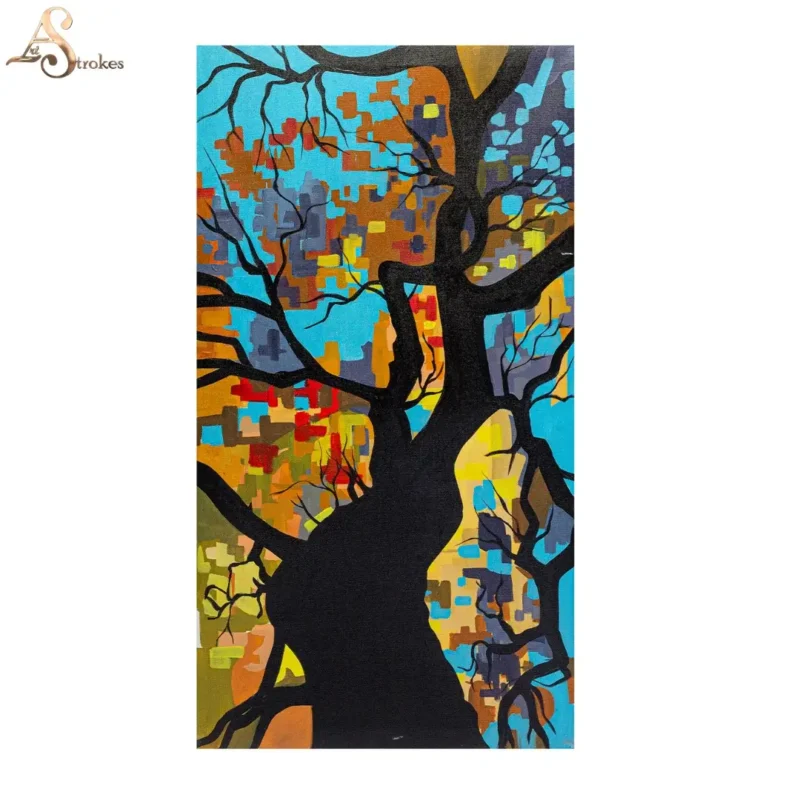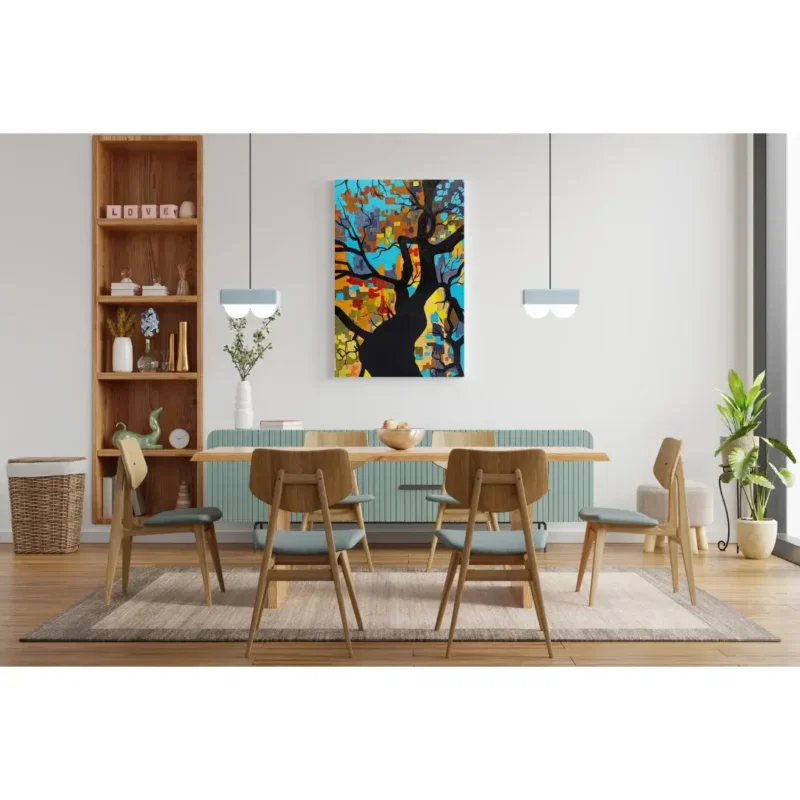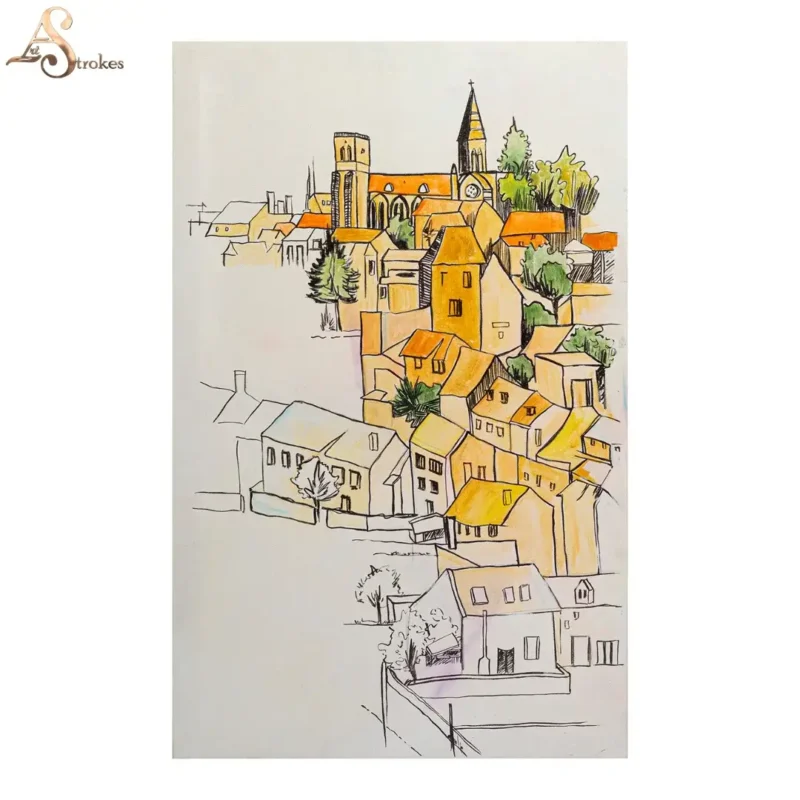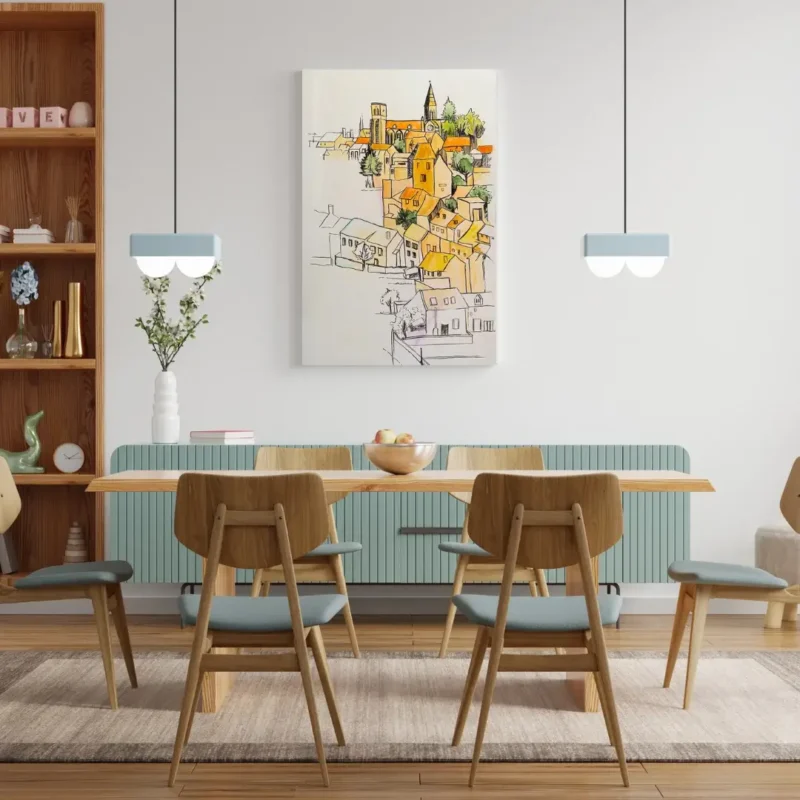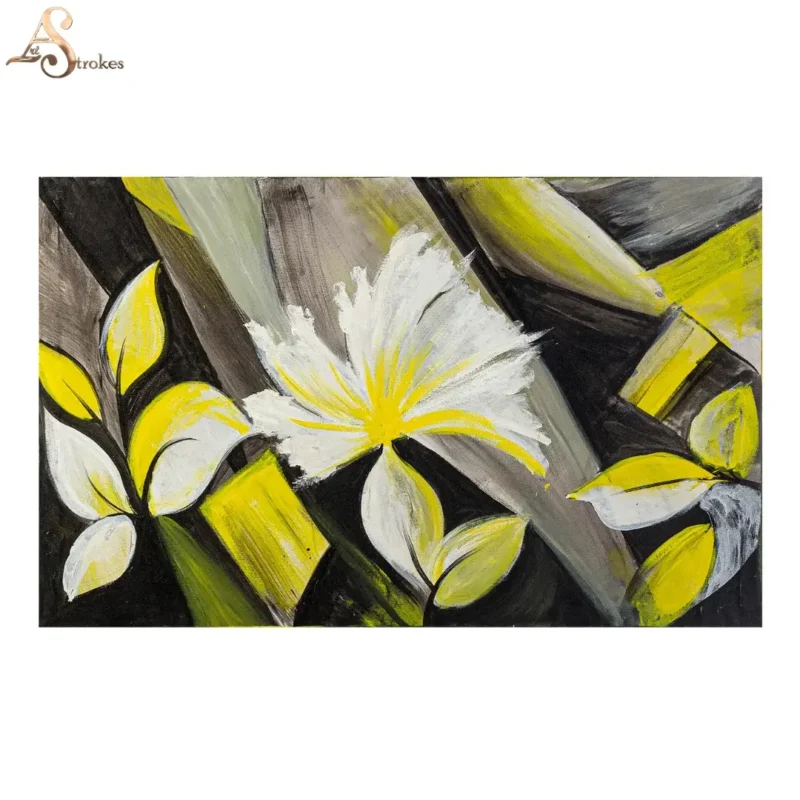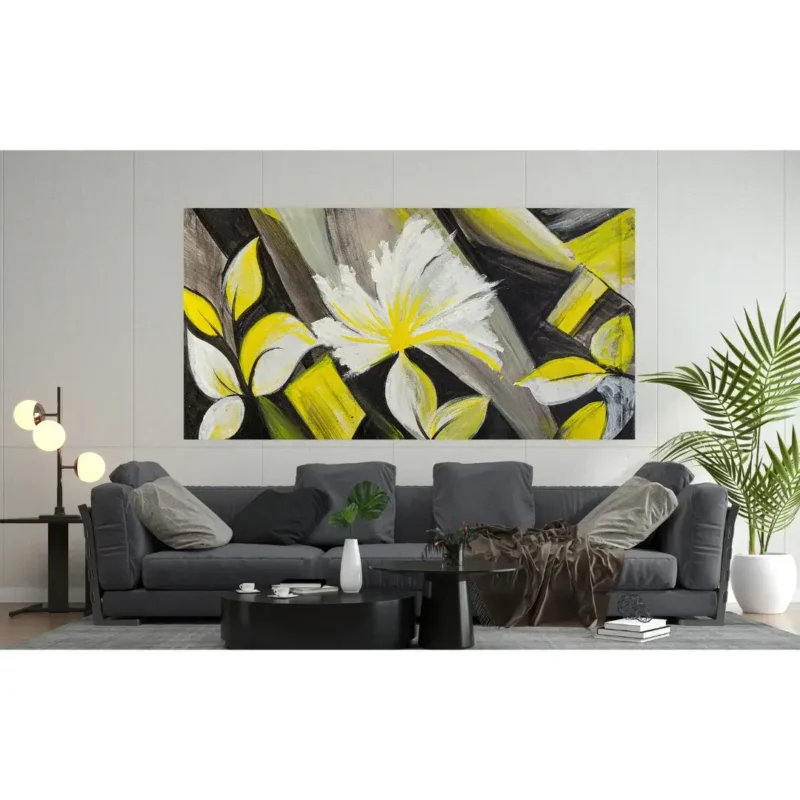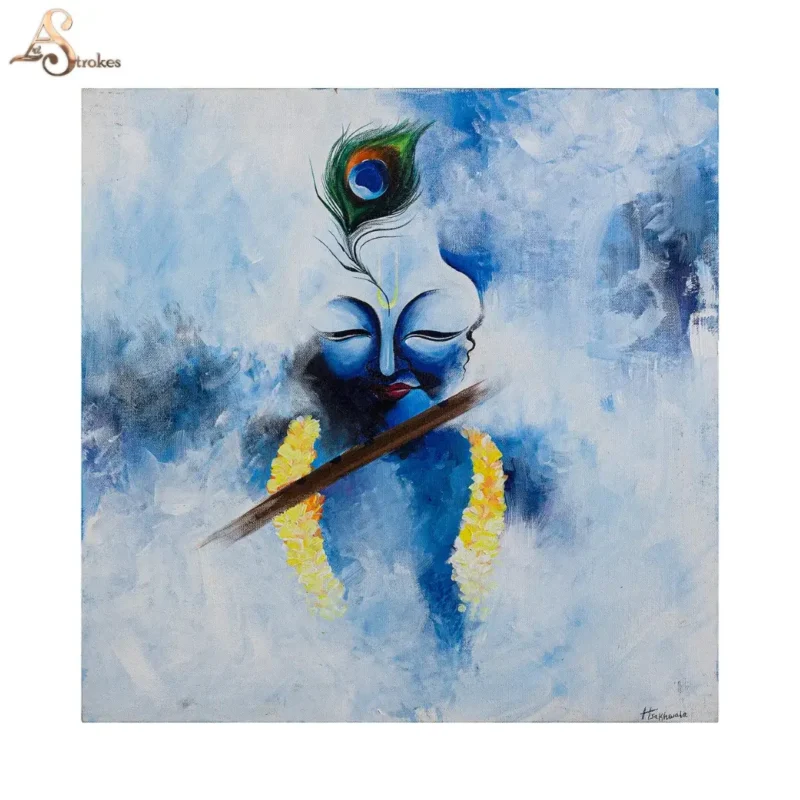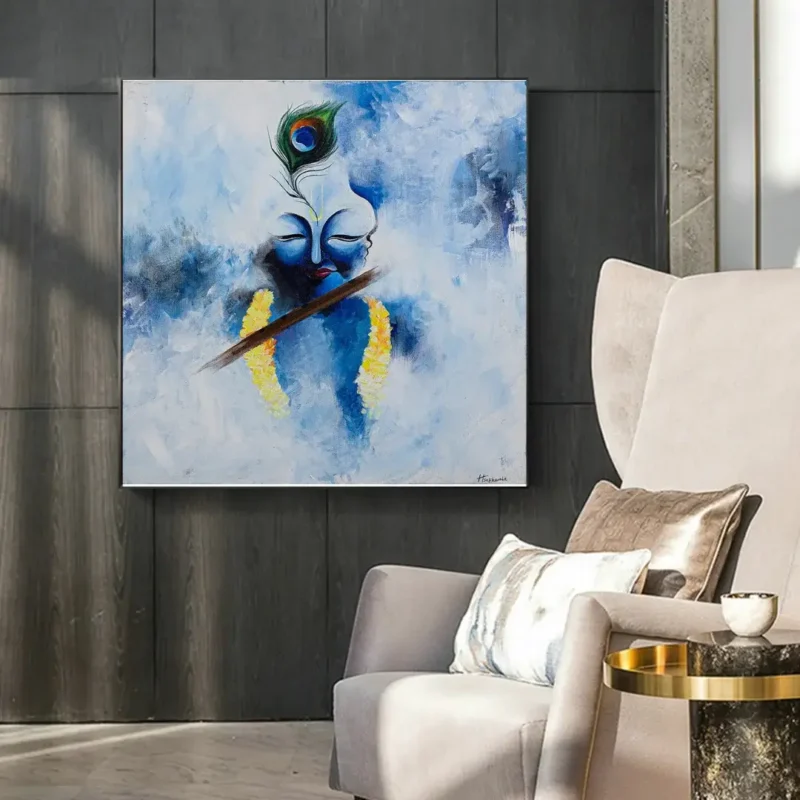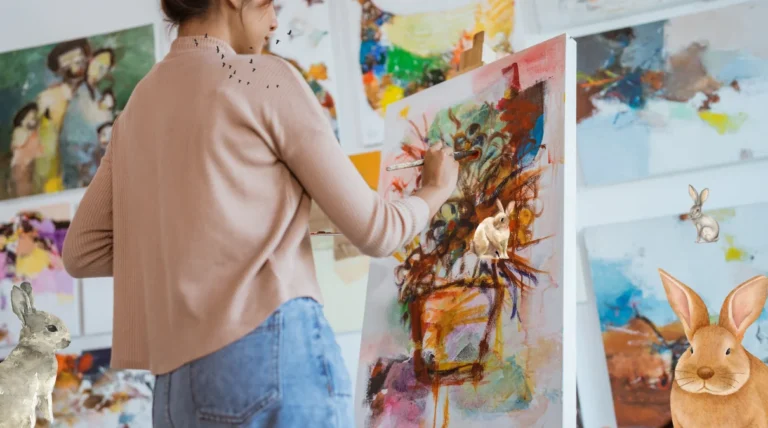5 Tips for Choosing the Perfect Canvas Wall Art to Transform Your Space
Canvas wall art is an amazing way to bring life and personality into any space, whether it’s your living room, bedroom, office, or hallway. However, choosing the right piece of art can be challenging, especially with so many options available. To help you make the best choice, here are five important things to know while selecting canvas wall art.
1. Understand Your Space and Style
One of the most critical aspects of choosing canvas wall art is understanding the space where you’ll place it. The size, color scheme, and decor style of your room should influence your decision.
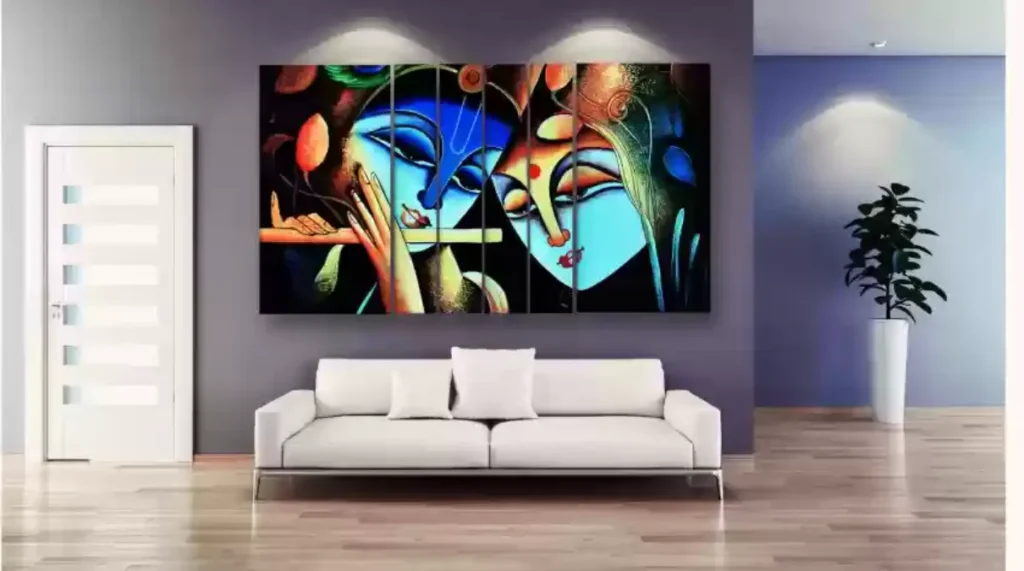
Size Matters
Before purchasing, measure the available wall space to make sure the canvas fits properly. A small canvas on a large wall can look lost, while a large canvas on a small wall can overwhelm the space. As a rule of thumb:
- For large open walls, choose oversized or multi-panel canvases.
- For small spaces, go for smaller, more subtle pieces.
Match the Room’s Aesthetic
Consider the current style of your room. Is it modern, traditional, minimalist, or rustic? Your canvas art should complement the style:
- Modern spaces: Abstract or geometric art works well.
- Traditional spaces: Landscape, portrait, or classic paintings may be a better fit.
- Minimalist spaces: Simple, clean designs with fewer colors will enhance the aesthetic.
By keeping the size and style in mind, your canvas wall art will feel like a natural extension of the room.
2. Choose the Right Color Palette
The colors of your canvas art should harmonize with the colors in your room. If you choose a piece that clashes with your existing decor, it could disrupt the flow of the space.
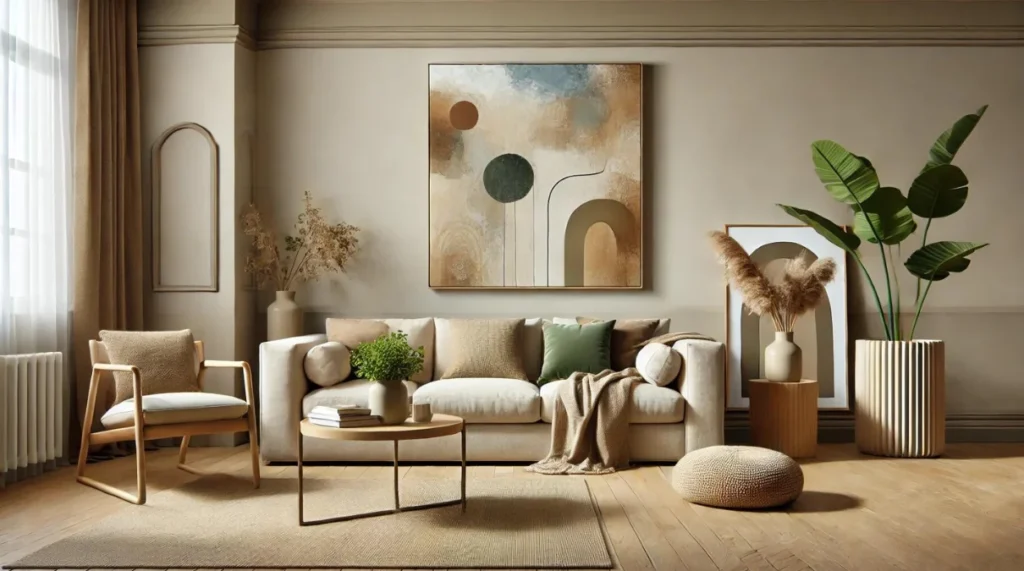
Complement or Contrast
- Complementary colors: Pick art that features colors already present in your room, such as shades of your furniture or curtains. This creates a cohesive look.
- Contrasting colors: If your room has neutral tones, you can make a bold statement by selecting vibrant, contrasting colors in your canvas art. A splash of color can make the art the focal point of the room.
Stick to a Color Scheme
If you have a specific color palette, like monochrome (black, white, and grey) or pastels, make sure your wall art sticks to that scheme. For example:
- In a neutral room, an art piece with earthy tones like beige, brown, and olive green will blend well.
- In a room with bright accents, choosing art that contains those same colors will help tie the decor together.
3. Consider the Theme and Subject Matter
The theme and subject of your canvas wall art should reflect your personality and the purpose of the space. The right art can evoke emotions, tell a story, or set a specific mood.
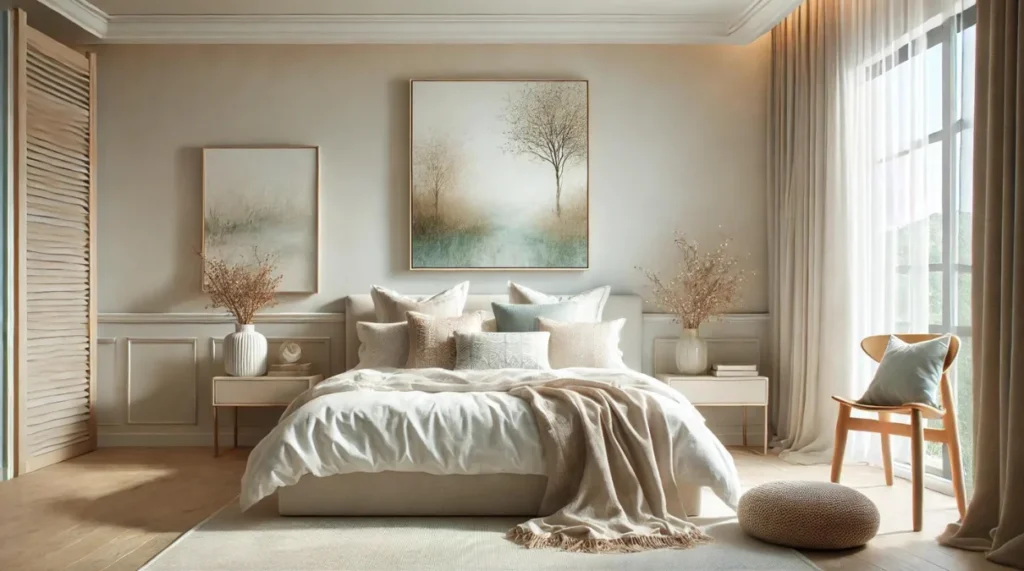
Personal Connection
- Choose art that resonates with you personally. It could be a favorite place, a memory, or something that sparks joy or inspiration. If you have a strong connection to the artwork, it will have more meaning in your home.
- For example, if you love the beach, coastal-themed artwork featuring waves or sunsets can remind you of peaceful moments by the ocean.
Room’s Purpose
- Living rooms: Consider calming or abstract art that can serve as a conversation starter without overwhelming the space.
- Bedrooms: Opt for soft, peaceful art, such as nature scenes or calming abstract patterns, to create a relaxing atmosphere.
- Offices: Inspirational quotes, motivational themes, or dynamic abstracts can boost creativity and energy.
4. Think About Framing and Mounting
While canvas wall art often comes in a frameless design, it’s still important to consider how you’ll display it. The framing and mounting style can dramatically affect the final look of the art on your wall.
Framed vs. Unframed
- Framed canvas: Adds structure and formality to the artwork. This is a good option for more traditional or formal spaces.
- Unframed canvas: Offers a clean, contemporary look that works well in modern and minimalist settings.
Mounting Options
- Floating frames: These allow the canvas to “float” within the frame, offering a modern twist.
- Gallery wrap: This is when the canvas wraps around the sides of the frame, making the art visible from all angles. It’s perfect for a seamless, contemporary appearance.
Ensure the framing complements the artwork and the room’s decor for a polished, well-coordinated look.
5. Quality and Longevity
When investing in canvas wall art, it’s essential to consider the quality and durability of the piece. After all, you want your artwork to last and retain its beauty over time.
Material Quality
- High-quality canvas: Look for pieces made from cotton or linen rather than cheaper polyester. High-quality canvas lasts longer, maintains color better, and offers a more professional appearance.
- Archival-grade inks: These are resistant to fading, ensuring that the artwork maintains its vibrancy even after years of exposure to light.
Protective Finishing
- Some canvases come with a protective coating that shields the art from dust, dirt, and UV rays. This is particularly important if you’re hanging the art in a sunny room where direct sunlight could cause colors to fade.
Handmade vs. Mass-Produced
- Handmade pieces: Original art from local or independent artists usually carries a higher price tag but also offers uniqueness and personal touch.
- Mass-produced art: While more affordable, mass-produced canvases may lack the fine details or quality of handmade pieces. However, they can still be a great choice if you’re on a budget or need art quickly.
Make sure to invest in well-made canvas wall art that will stand the test of time, both in terms of material and artistic appeal.
Conclusion
Selecting the perfect canvas wall art involves balancing size, color, theme, framing, and quality. By keeping these five important factors in mind, you’ll be able to choose a piece that not only enhances your space but also reflects your unique style and personality.


